In times of crisis, a richly diverse group of volunteers brings not just dedication to the cause and a passion for helping people, but the creativity needed to get tough jobs done.
When natural disasters and humanitarian crises strike, Cisco is uniquely positioned to help vulnerable people around the world thanks to both our dedicated Cisco Crisis Response (CCR) team as well as more than 700 employee volunteers who are ready to deploy at a moment’s notice.
Recently, two of those volunteers attended our first post-Covid in-person CCR volunteer training and found the experience so valuable, they wanted to share it. Here they are, in their own words.
“I knew I had to become a volunteer!”
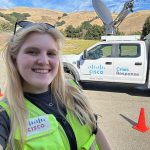
My name is Micaela Cacho-Negrete. I joined Cisco just about a year ago, and I am in the People, Policy & Purpose (3P) FLEX program, which is an early-in-career leadership development rotational program. I am rotating in the PSI (Purpose Strategy & Innovation) organization, as an Innovation Solutions Analyst.
I’m early in my career and came from a background of volunteering with underserved communities in college. I joined Cisco in part because of its strong sense of corporate purpose and the many opportunities there are to be a part of that work. I started looking for the right place for me to get involved. When I found out this community existed at Cisco, I knew I had to become a volunteer.
Even though I’m from a non-technical background, the CCR team was immediately welcoming and empowered me to take training and start contributing as a volunteer immediately.
I was especially thankful to attend a two-day in-person training in San Jose, Calif. I learned about the technology used to create Wi-Fi networks—often a critical piece of reestablishing communications in the wake of disasters and crises. I also had the opportunity to see the NERV truck, a ruggedized, resilient mobile command and communications vehicle that can provide mission-critical networking after catastrophes.
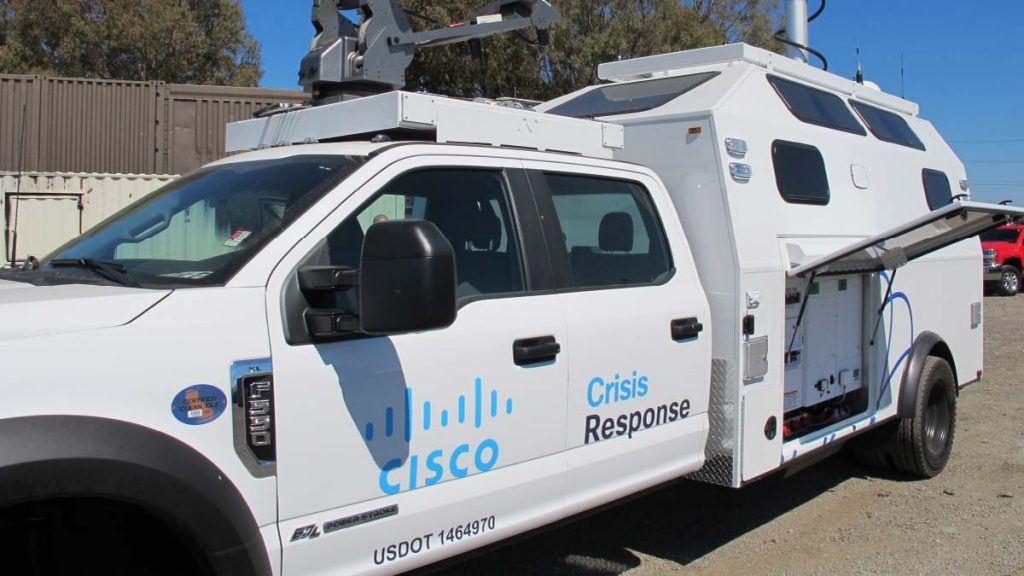
The second day of our training was a field deployment exercise with the Spring Valley Volunteer Fire Department at their training center in Milpitas, Calif., to see how we would handle specific assignments in case of a wildfire.
For this simulation, we split up into two teams, each tasked with responding to requests we might encounter during a wildfire. I was the designated public information officer and had a chance to practice communicating urgent information between volunteer teams and deployment partners. It was incredibly rewarding to use my skills in this way.
I appreciate the preparation Cisco has provided us so we can be ready to be deployed to help communities in times of crisis.
“I love using our technology to solve real world problems”
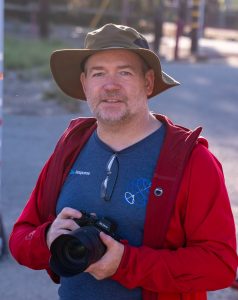
I’m Lyle Tanner. I’ve been a CCR Community volunteer for several years and have deployed to incidents in Arizona, New Mexico, and Hawaii.
As a Solutions Engineer for nearly 14 years at Cisco, I love using our technology to solve real world problems. As a former reserve firefighter and EMT, I’ve always valued helping others in their times of need.
The CCR Community allows me the opportunity to combine these diverse career and life experiences to make a meaningful impact in the world by not only directly contributing to humanitarian aid and disaster relief efforts, but also teaching and mentoring our other volunteers as well.
Day One of our training was a series of instructor-led classroom sessions. It’s critical that volunteers stay current on the latest tools and technologies we use during a crisis to provide secure network communications to emergency first responders, NGO partners, aid workers, and refugees. Some of the great resources Cisco brings to those in need include:
- Mesh Response Kits
- Rapid Response Kits
- Emergency Community Kits
- Emergency Communications Units
- Network Emergency Response Vehicle (NERV)
As Micaela mentioned above, for Day Two, we did some serious hands-on training for which we split into two teams.
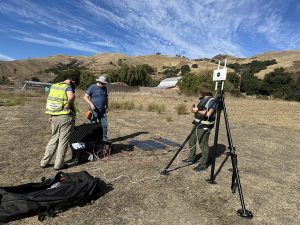
Team One had two assignments. The first was to deliver high-speed Wi-Fi internet connectivity to the wildfire incident command staging area. We were challenged with limited line-of-sight to the sky, no cellular connectivity, and needing to make the Wi-Fi available to a wide physical area. To do this, we used the Cisco NERV, VSAT backhaul, Meraki MX gateway, and Meraki Outdoor Wireless Mesh.
The second assignment was to establish and maintain high-speed Wi-Fi internet access for aid workers and displaced residents at an evacuation site.

In this case, we had no shore power, and needed to create two separate Wi-Fi networks—one for aid workers and one for evacuated residents—and each needed the appropriate quality of service policy. To create these Wi-Fi networks, we used a Mesh Response Kit, a Starlink High Performance Kit, and a portable generator.
Team Two also had two assignments. First, they needed to set up a call center for the logistics team working at the incident command location. They needed to be able to make outbound phone calls and receive inbound phone calls. In this case, the team was confronted with the need for low latency, low-loss Internet backhaul to support VoIP, and redundant Internet backhaul.
Team Two also needed to deliver high-speed Wi-Fi internet connectivity at a remote “spike camp” to support firefighting crews close to the active fire line. They also had to do this with low latency, as well as high bandwidth Internet backhaul, and no shore power or generators available.
These trainings were intense and full of information. Our volunteers did a great job with all the simulations and constraints they encountered, and it was exciting to see how our volunteer community worked together to problem-solve.
Volunteers Power Community
When it comes to crisis response and communications, there’s no “one-size-fits-all” solution.
Together, the CCR volunteers and the volunteers at the Spring Valley Volunteer Fire Department brought a wealth of technical expertise as well as a wide variety of life experience, skills, and interests. In times of crisis, a richly diverse group of volunteers brings not just dedication to the cause and a passion for helping people, but the creativity needed to get tough jobs done.
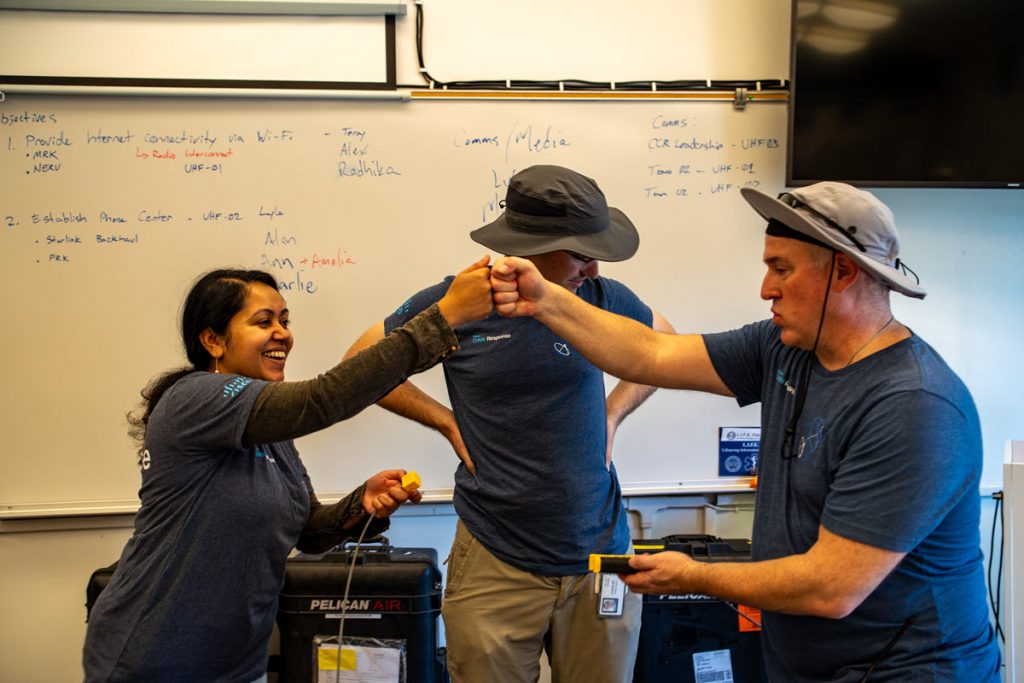
Volunteers—from Cisco, from our partners, and from the community—play an integral role in fulfilling CCR’s mission. We thank Spring Valley Volunteer Fire Department for hosting our training and for keeping our communities safe every day.
There are so many ways for each of us to give to our communities. Whether you have special expertise or just a willing heart, look for ways to get involved. You can ask your employer or friends and family, or look for local nonprofit organizations.

Very cool, I appreciate all the effort from this team. Inspiring!